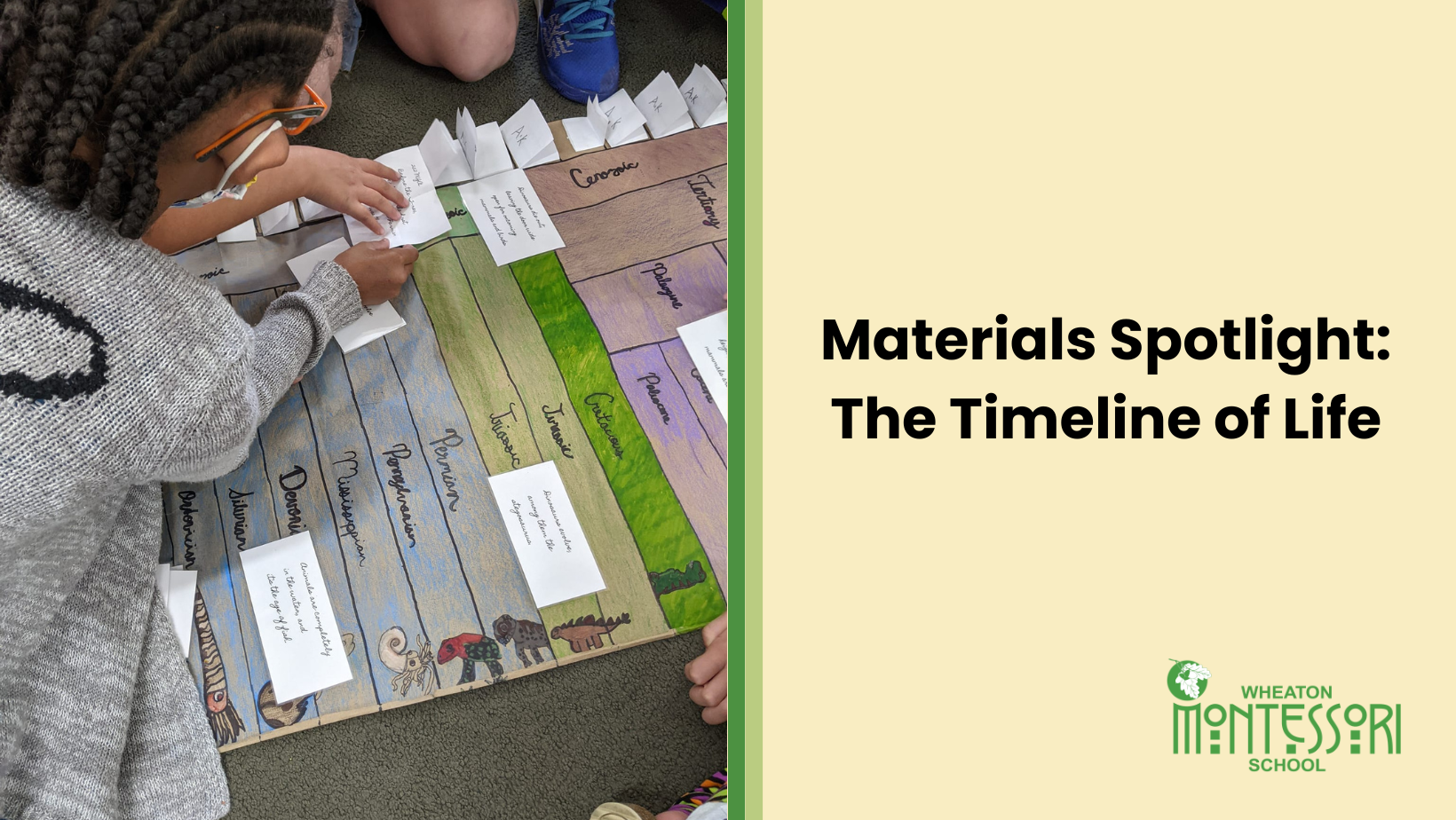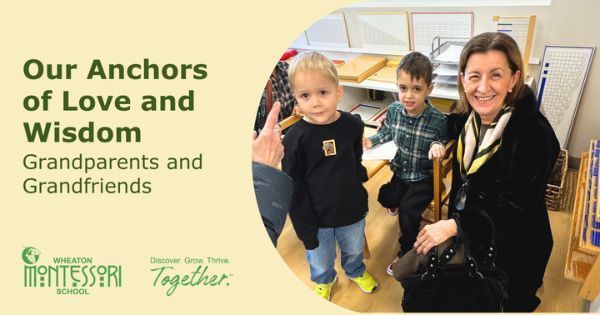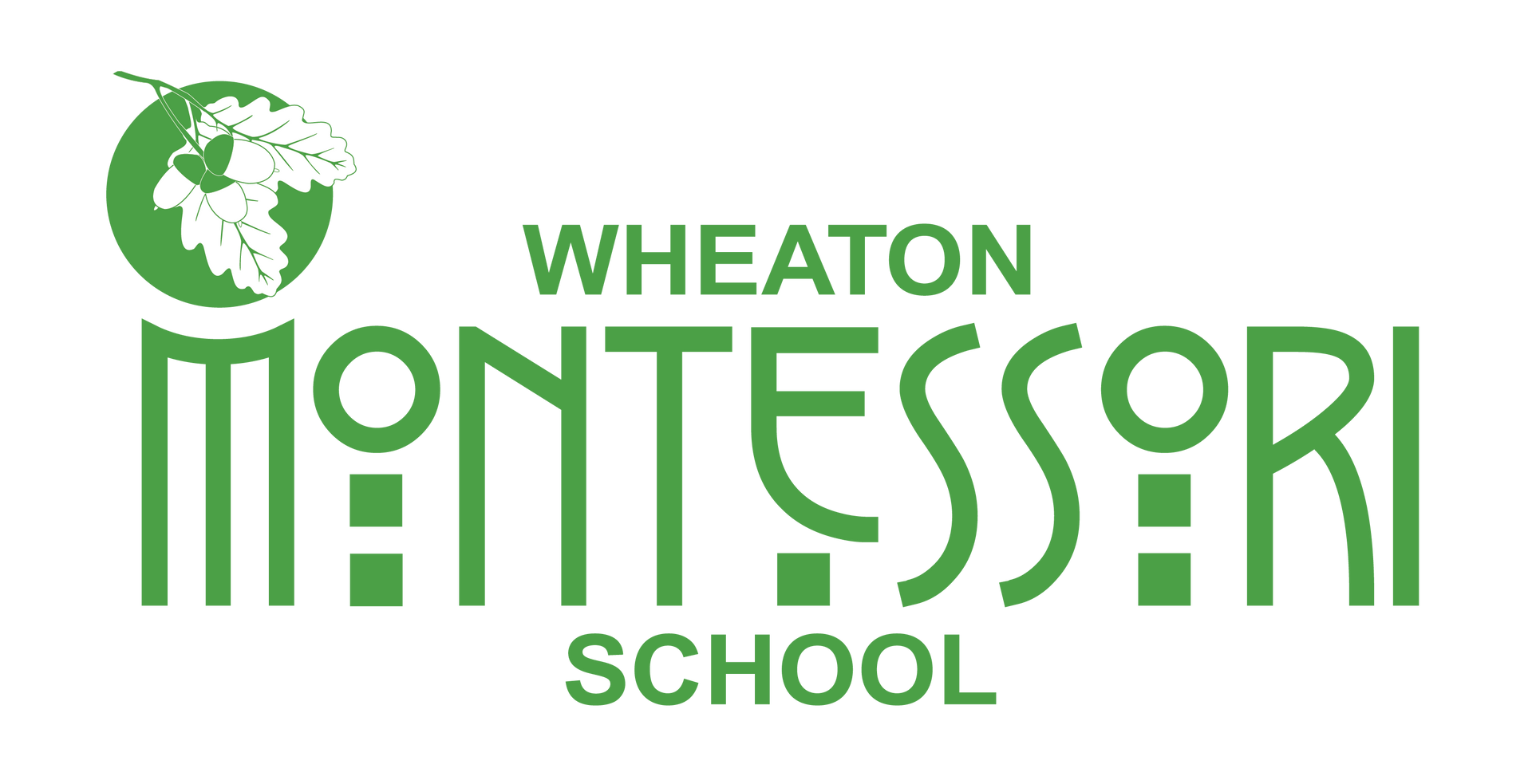
Nothing quite captures the imagination of elementary-aged children more than the Timeline of Life. At Wheaton Montessori School, developmentally our six- to twelve-year-olds can start creating temporal order, and timelines are a perfect way for them to visually explore and understand the passage of time.
We share timelines as a key part of the Montessori Education curriculum. Through timelines, we provide a holistic understanding of the universe, Earth's history, and humanity's place within it. The Timeline of Life is the first in a series of prepared timelines in Montessori elementary classrooms and it provides a series of engaging activities designed to help children grasp the vastness of time, the interdependency of all living things, and how human life is a continuation of much that has come before.
Presentation & Introduction
When we first present the Timeline of Life, we often share it in panoramic form, unrolling the timeline as we tell an overarching story. But one of the gifts of the timeline is that it can be used in multiple ways. We can also focus on one panel of the timeline and explore the pictures from a particular period or epoch, provide information about one specific organism across the timeline (e.g., the development and decline of the trilobites), delve into details about one picture on the timeline, or even just explore the various symbols, terms, and conventions used in the timeline.
Our presentation of the Timeline of Life can be a combination of a historical overview of the progression of life through the ages, an examination of the influence that life has had on the non-living parts of the world, and a corresponding examination of the influence that the non-living parts of the world have had on living organisms.
These presentations provide the children with the opportunity to sequence details of the story of life on Earth while also offering almost unlimited opportunities for more in-depth research throughout their years in the Wheaton Montessori School elementary classrooms.
Highlights & Possibilities
The timeline visually illustrates several major milestones of life on Earth, including:
- life forms in the early oceans,
- multi-cellular organisms,
- creatures with a spinal column and backbone,
- plants and animals on land,
- land-based plants with roots and stems,
- amphibians and reptiles,
- flowering plants,
- birds and mammals,
- humans
After presenting Timeline of Life basics, we return to the material repeatedly to explore more details and offer new avenues of investigation. We might introduce more of the creatures on the timeline, the names of the eras and their etymology, the red lines showing linkages through the timeline, or the visual cues demonstrating the timing of the ice ages. We might explore the rising of mountain ranges, the deposition of salt and coal, the shapes of land masses throughout prehistory, the rise of flowering plants, and creatures (like the horseshoe crab) that appear now as they appeared in those ancient times. The Timeline of Life often inspires children to explore fossils and fossilization. It also includes aspects of organic chemistry. As children become more sophisticated in their thinking, we present new facets of the timeline.
Children also enjoy using a blank timeline to see if they can recreate the Timeline of Life by placing loose pictures held in a folder or container for each era. When all of the loose pictures are correctly placed, the result matches the Timeline of Life. As a result, children often use the blank timeline to test themselves on how much they remember.

Children are often inspired to set up little Going Out trips, such as to The Field Museum in Chicago, to learn more about something on the Timeline of Life or create scale drawings of the massive and minute creatures they learn about from the timeline. Children also love to share their discoveries through carts, dioramas, models, and booklets.
Awe & Wonder
Above all, the Timeline of Life helps children grasp the wonders of deep time and the complexity of life that surrounds us wherever we look. They are fascinated by how long the earth went with no life to just how long it has taken for life to develop from proto-organisms to complex mammals.
In Montessori elementary classrooms, the Timeline of Life is not merely a subject of study but a source of wonder and inspiration. As they use the timeline, children are immersed in the rich tapestry of life's history and as a result, develop a deep sense of connection to the natural world and a profound respect for all living beings.
We invite you to schedule a tour to see how children embark on a lifelong journey of learning and discovery through hands-on experiences with materials such as the Timeline of Life.
Current families are invited to schedule a classroom observation by clicking on the green buttons below.
We are enrolling children who will be between 2.5 and 4 for summer and fall 2024 start dates. Prospective families are invited to schedule a school tour by clicking on this link or the green Schedule a Tour button on the upper right-hand corner of this page.


